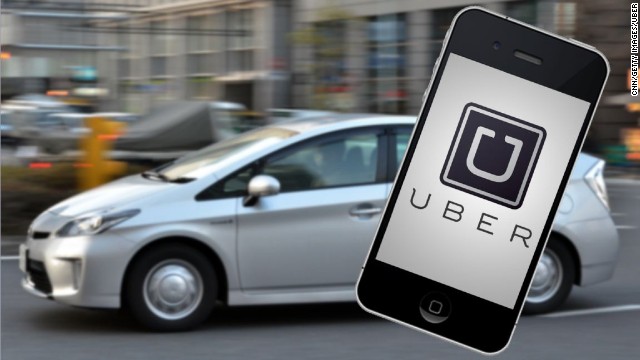Payroll
Millennials Most Likely To Take Gig Economy Side Jobs
Workers of all income levels are taking on side work. Nearly 1 in 5 workers making more than $75k (18 percent) and 12 percent of those making more than $100k currently have a gig outside of their full time job. This is compared to a third of workers ...
Oct. 31, 2016

Are side hustles becoming the new norm?From bartender to blogger, it’s not uncommon for workers to have a side job to earn a little extra money or pursue an area of interest. According to a new CareerBuilder survey, 29 percent of workers have a side hustle, a trend that is especially strong among the millennial demographic. Forty-four percent of those ages 25-34 and 39 percent of those 18-24 have a side gig, compared to 29 percent of those 35-44, 22 percent of those 45-54 and 19 percent of those ages 55 and older.
Workers of all income levels are taking on side work. Nearly 1 in 5 workers making more than $75k (18 percent) and 12 percent of those making more than $100k currently have a gig outside of their full time job. This is compared to a third of workers making below $50k (34 percent) and 34 percent earning below $35k.
Workers with side gigs are more common in the South than any other region in the U.S., at 34 percent. This compares to 29 percent of workers in the West, 27 percent in the Midwest and 23 percent in the Northeast.
Broken down by industry, leisure and hospitality (34 percent), retail (33 percent) and transportation (32 percent) workers are most likely to have a side gig, followed by:
- Health care: 30 percent
- Sales: 30 percent
- IT: 27 percent
- Financial services: 24 percent
- Manufacturing: 19 percent
More than 3,200 workers in the private sector across industries and company sizes participated in the nationwide survey, conducted online by Harris Poll on behalf of CareerBuilder from May 11 to June 7, 2016.
“Side hustles not only provide financial benefits to workers, but they make them more attractive candidates to employers, especially in a competitive job market,” said Rosemary Haefner, Chief Human Resources Officer at CareerBuilder. “When you’re applying to jobs, especially when you’re at the start of your career, other applicants could have more experience in your particular field. If you bring more skill sets to the table and have a unique perspective on how things can be done, you’re sure to stand out from the crowd and be seen as a valuable potential hire.”
Side Hustles to the Rescue
Some workers may be taking on side hustles to help overcome the day-to-day drag of their day jobs. Eight in ten workers (80 percent) say they are not in their dream jobs, and 44 percent say they don’t think they ever will be. Still, 71 percent of workers with a side hustle do not want to turn their side gig into their day job and 76 percent don’t plan to own their own business in the future.
Below are the types of side hustles workers are most often doing in addition to their regular work hours:
- Survey taker
- Childcare
- Consultant
- Freelance writer
- House sitter
- Blogger
- Bartender
- Photographer/videographer
- Website designer
- Tutor
Some workers cited more unique side gigs:
- Mystery shopper
- BBQ contest official
- Firewood processor
- Trailer checker
- Tattoo apprentice
Overall, workers who have a side hustle are more passionate about their day jobs (39 percent) than their side hustles (36 percent).
3 Ways Your Side Hustle Helps You Be a Better Employee
A smart entrepreneur — one who follows the rules at work and gets their job done while still building a side business — is a big asset to their company. Haefner recommends workers pursue opportunities outside office hours because as entrepreneurs, employees are:
- Gaining skills off the clock: Building your own business in your spare time gives you real-world experience you can add to your resume and bring to your next job interview. There’s no better way to learn than hands-on.
- What employers want: Employers are looking for innovative, proactive team members and self-starters to achieve organizational results. These characteristics best describe an entrepreneur.
- Boosting your creativity: Entrepreneurial employees thrive when handed something to create. At its core, entrepreneurship is about creating something — taking ideas and making them come to life.
Some employers have policies that address engaging in business endeavors that could potentially conflict with the employer’s business. If you’re considering a side hustle, check with your employer’s policies before you spend time and money seriously pursuing your interests.
